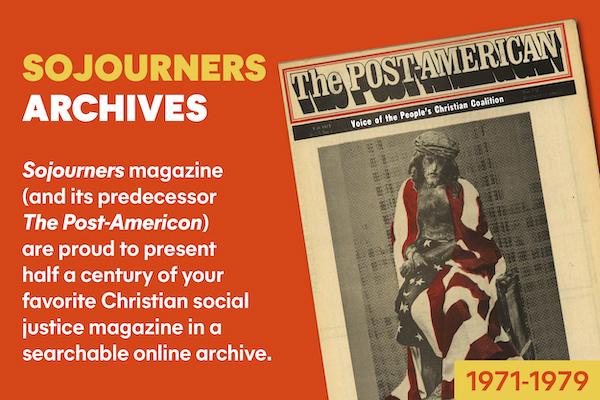Editor’s note: Don Luce recently reported that the Thai junta requested nuclear weapons from the United States for possible use against Vietnam. The report is based on a cable from U.S. Ambassador Charles Whitehouse to the State Department reporting on a conversation last October with Thanat Khoman, Foreign Affairs Advisor to the Thai junta.
The cable reads, in part, “He [Thanat] said it was obvious to him that Thailand could never match the Vietnamese, should a conventional attack be launched across the border. Thus it was most important to Thailand to acquire and exercise whatever means it could--unconventional or diplomatic--in order to prevent a Vietnamese move against his country… I understood his use of the word ‘unconventional’ to mean ‘nuclear.’”
All through the night we sang songs and played cards with the workers and vocational students who had come to join the demonstration at Thammasat University. Things were generally quiet and relaxed on the campus grounds. Early in the morning we began to hear sporadic firing, but we thought it was just some vocational student groups.” Tong was telling his story of October 6th to a friend who had come to visit him in prison.
“About 7 a.m. the firing got heavy. We looked out beyond the gates of the university and saw thousands of people storming the gates, shooting, yelling. It was a panic situation then,” the young student remembered. “Hundreds of us tried to flee. I ran outside with two of my friends. They were ahead of me running up a long flight of stairs. They were shot right in front of me, Killed. I stopped and ran back into the building. I tried to hide from the shooting, but the cross-firing was so heavy-the building had too many windows. One student was using a handgun firing out of the window. I begged him to stop. Fighting back was no use.
Read the Full Article

